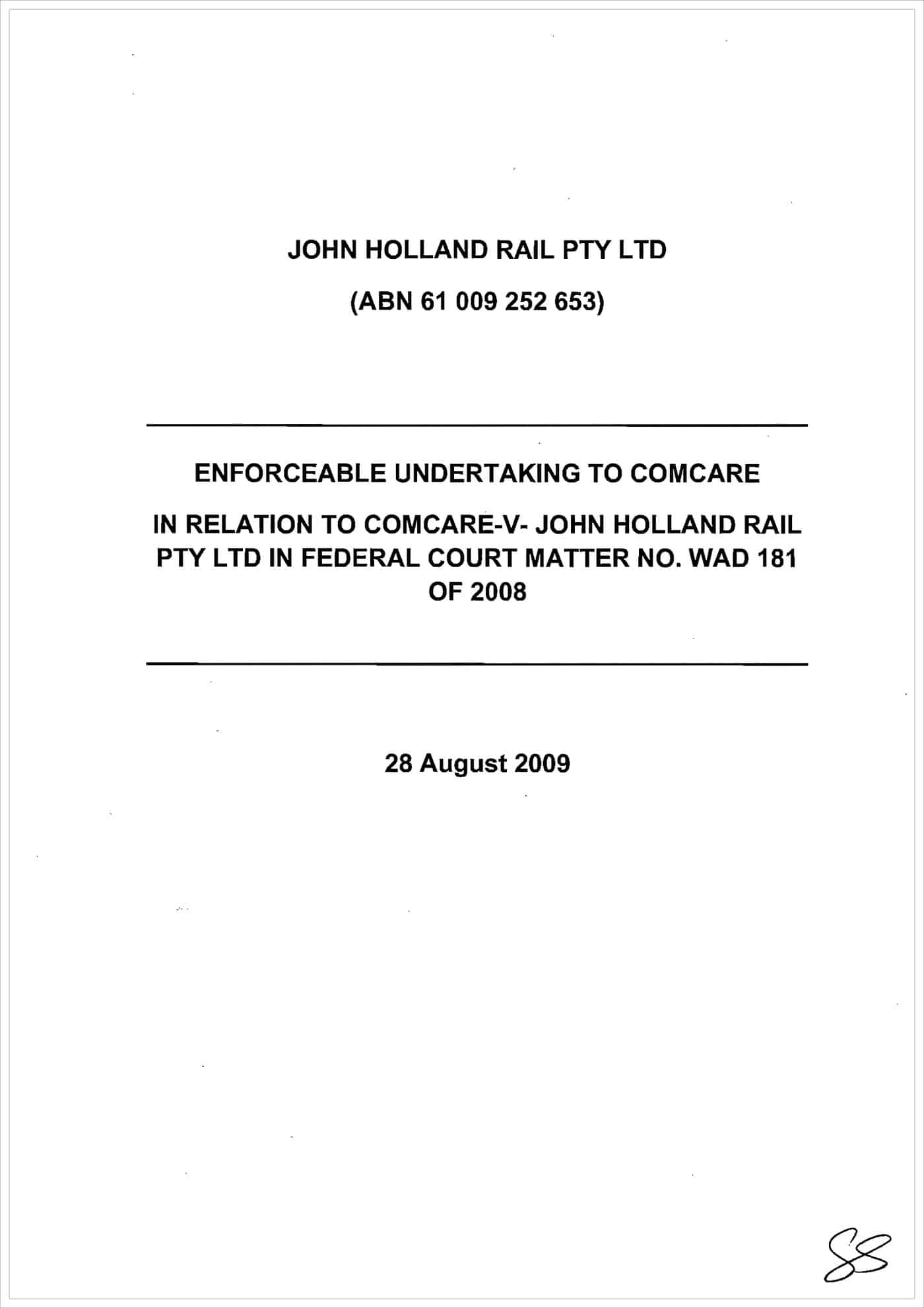There are few motivations that are more effective for improving workplace safety than facing a grieving relative.
On 17 September 2009, the impact of the OHS law harmonisation on workers and their families came to the fore in an article in the Sydney Morning Herald (SMH) entitled “Deaths at work put sharper focus on liability”. The workplace support advocates make a clear case for holding those who control the workplace accountable for injuries, illnesses and fatalities that occur in their businesses.
A letter sent to the Federal Minister for Workplace Relations, Julia Gillard, by the Workplace Tragedy Family Support Group reportedly says
”Dealing with a serious injury or the death of a family member is difficult, particularly if there is no sense of justice. Employees must be able to seek justice against employers who do the wrong thing,” said the conveners’ letter.
Families wanted to know the responsible organisation had been held to account, the letter said.
Justice, but not revenge. The avoidance of this justice and accountability through companies choosing to go out of business has been highlighted in New South Wales many times, so it is understandable that the reduction of the avenue to pursue justice that may occur in the OHS harmonisation process can generate such letters to politicians.
A significant element in the SMH article is the inclusion of the union perspective. Trade unions often provide grieving relatives the only support, particularly in the period shortly after a workplace fatality. And there is the shared grief of losing a loved one and losing an often long-serving union member.
This article and the letter to the Minister add an important emotional and social element to the development of the new national model OHS laws. Whether the government will incorporate mechanisms to achieve justice in the legislative framework or in secondary processes could give a good indication to the broader political picture of workplace safety over the next decade.

